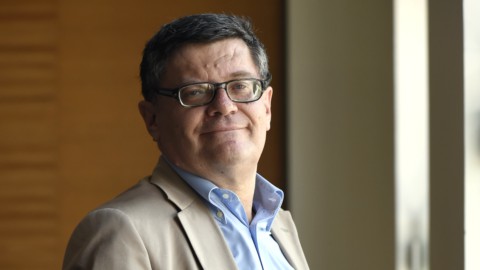From September 2021 to today, the Italian government has allocated 35 billion euros in aid to families and businesses to face rising energy prices (objective that absorbed 60% of the resources), inflation general and the economic consequences of war between Russia and Ukraine. The problem is that "only 45% of these 35 billion followed a selectivity criterion: 54% in the case of support for families and 33% for businesses”. The Observatory on Italian public accounts does the reckoning in a recent article makes some critical observations on the way in which the state has distributed aid to the economy.
Aid to families and businesses, from Brussels: focus aid to families on those who need it most
"Even if an external shock, such as the energy crisis, affects everyone - underlines the Observatory - some subjects, especially the economically disadvantaged, are more affected and more targeted interventions towards the latter would be preferable". Moreover, at the beginning of the energy crisis, it was the same European Commission to recommend that public funds were concentrate above all on the economic groups in greatest difficulty.
The criteria for establishing which aid is "targeted"
To establish how "targeted" the interventions of the Italian government were, the Observatory used two criteria:
- In the case of family support measures, it was assessed in how many cases the aid was distributed alone below a certain income bracket (this is the case, for example, of the electricity and gas bonus and of the Bonus 200 euro).
- On the enterprise side, however, the study calculated how often the aid was conditional on a particular trend of company costs and/or profits.
Aid to families 2022: only 54% is reserved for the weakest
Result: "only 54% of the allocations for families (10,8 billion out of 20) was distributed following a selectivity criterion defined above” and “most of these (6,8 billion) is attributable to only 200 euro anti-inflation bonus”. The remaining 46% of direct aid to families, around 9 billion, "does not follow any selectivity criteria". This money was used almost entirely to cancel system charges in bills, reduce VAT on gas and eliminate excise duties on fuel.
“Wealthier families have more advantages”
“The economic literature on the subject claims that the consumption of these goods grows with the increase in household income, even if in a less than proportional way – still notes the Cpi Observatory – This means that wealthier families are more advantaged, in absolute terms, from these subsidies as they support greater purchases of energy goods”.
Aid to businesses 2022: only 33,4% follow selectivity criteria
As for businesses, just 33,4% of the aid intended for them (5 billion out of 15) was given on the basis of cost and/or profit criteria. “These measures are related to tax credits for energy-intensive businesses which have sustained particular increases in costs linked to the supply of energy goods (and to a small extent to companies damaged by the sanctions against Russia) - concludes the Observatory - The remaining 10 billion are not bound by the previous criteria and concern the reduction of system and VAT on gas, the elimination of excise duties on fuel, support against the rise in building materials and contributions for the road haulage sector”.





